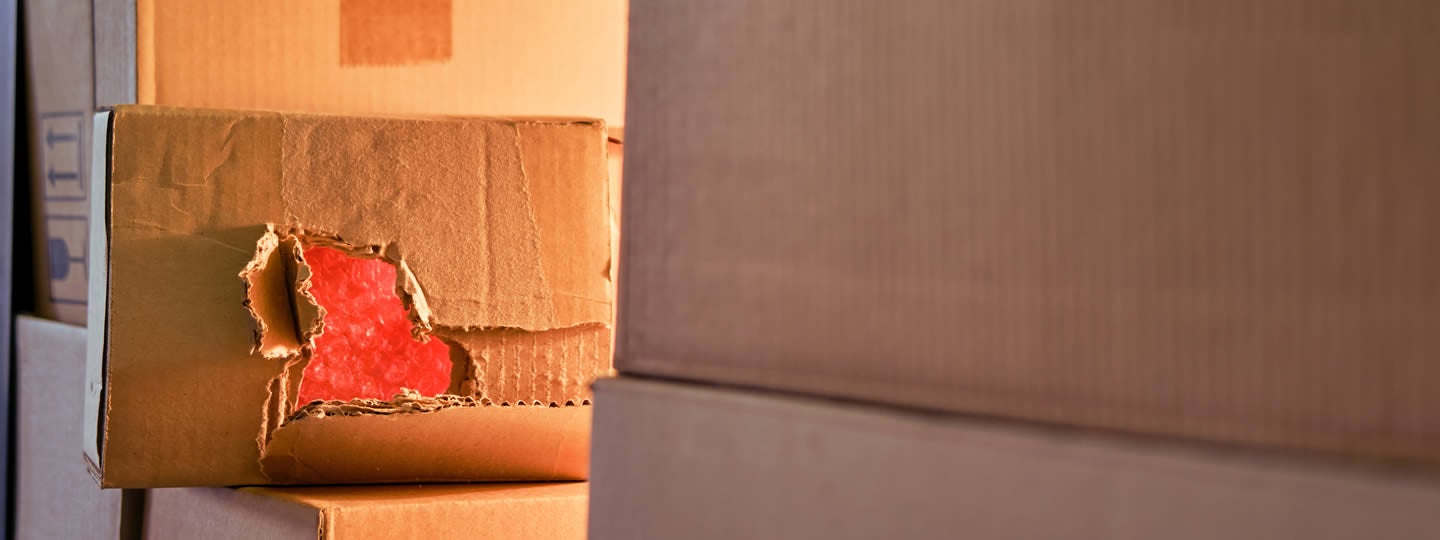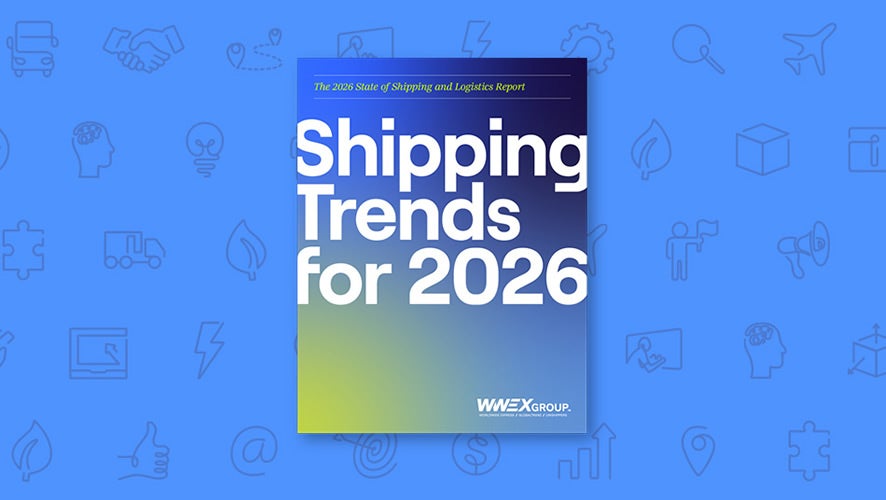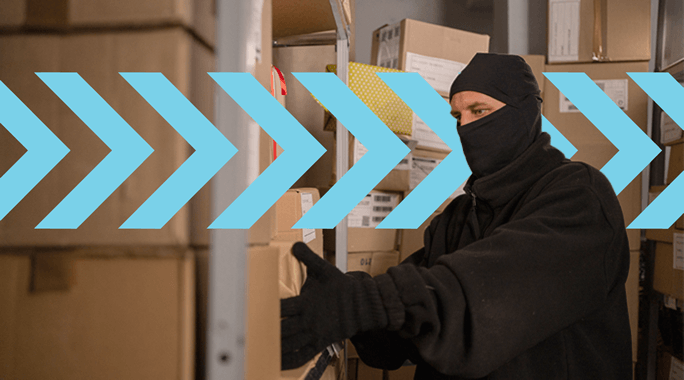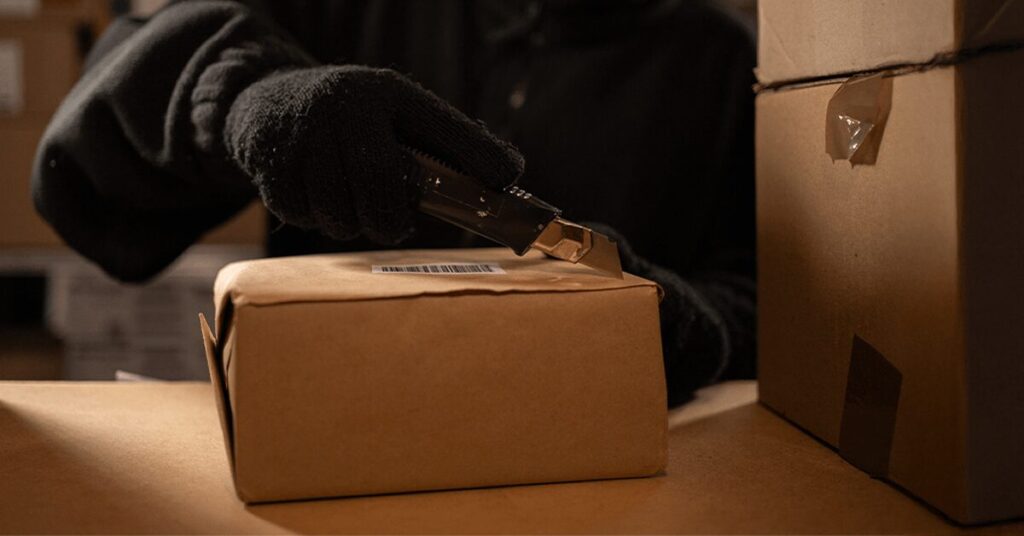BLOG POST
What does parcel insurance cover & is it worth it?

Reading Time: 4 minutes
If you tend to cross your fingers and hope for the best every time you ship a package, we need to talk. First, maybe it's time for a new dependable parcel carrier. Second, have you considered adding shipping insurance to your high-value packages?
Not every package needs shipping insurance. Depending on what's in the package, it might be easier to replace a lost or damaged item than submit a claim. That's especially true for low-value products. But when your product is expensive or valuable, adding insurance could save your bottom line - and your business' reputation.
Who buys parcel insurance?
As the shipper, you'll typically purchase the insurance. After all, until the package is safely delivered, and the item is intact you've got the most at stake. The recipient can also buy insurance if you don't. They can either purchase it from a vendor, directly with the carrier or through your third-party logistics (3PL) provider.
Where can you purchase parcel insurance?
You can buy parcel insurance from an insurance agent or broker if you book with carriers independently. If you're working with a 3PL provider who has a transportation management system (TMS), you'll add it when you schedule your shipment for pickup. UPS Capital Insurance Agency, Inc.® provides parcel insurance for Worldwide Express customers. That makes it easy on you if you partner with us - you won't have to hunt for insurance or handle shipping claims on your own.
What does shipping insurance cover?
It varies, which can make it difficult to understand. For a lost shipment or one that's irreparably damaged, shipping insurance typically covers the full or partial value of an item - that could be up to the full retail value for many insurance providers. If the items have less damage, insurance may cover the cost to repair it, not replace it. You could also recover the packaging and shipping costs. But you're in for a disappointment if you think insurance will cover penalties or other losses when a delayed shipment makes you miss a deadline - like, for instance, time-sensitive paperwork.
How is shipping insurance different from declared value?
Declared value is often confused with shipping insurance. But they're not the same. It's like comparing a pool floaty to a life jacket. Declared value is the maximum amount the carrier is responsible for if the package shipment is
delayed, lost, stolen or damaged. It is not equal to the full retail value of the goods being shipped and it's up to you, the shipper, to prove the carrier is at fault.
Most carriers set a limit to their liability. UPS will reimburse up to $100 if the item's value isn't declared. That's pretty standard. In that case, if your shipment is of low value, declared value might be all you need. But if the item you're shipping is valued at more than $100, the standard limit of liability won't be enough to cover the cost of the item. Consider one of these options, to be on the safe side:
- Declare a higher value and pay additional charges for a greater limit of liability - but it's still not insurance and it can get costly.
- Add shipping insurance to cover the cost of your shipment, at pennies to the dollar.
What's needed when filing a shipping claim?
Most insurance companies set strict guidelines for filing claims. Contact the insurance company for details about their process and timelines.
- Submit the claim on time. Verify the timeline with insurance for when you need to file the claim. It may differ depending on the type of claim - lost, stolen or damaged goods - and what you shipped. If you miss those dates, you may be out of luck.
- Provide evidence. You'll need to show proof of your shipment's value, a copy of the invoice with insurance coverage, tracking number and specifics about the product (model number, brand name, description and such).
- Keep the product. If the item is broken, gather all the pieces and don't discard anything. If the item can be repaired, the claim payment may cover the costs of the repair rather than its full retail value.
- Take photos. If the claim is for a damaged shipment, the insurance company may require pictures of the product, the packaging and the container. Visuals can help expedite the claims process. You might be required to bring the shipment in for inspection.
- Save the packaging. Don't throw away the box or filler or break anything down until the insurance company gives the OK.
Cover your assets even before you schedule a shipment
It's smart business sense to avoid issues from the start. Follow these parcel packaging tips to help lessen your risk for damaged shipments:
- Use the right-sized container so the item fits snugly and doesn't move around inside the box.
- Protect the items inside the container with sufficient cushioning.
- Take pictures of the item and packaging, especially if your product is high-value, fragile or perishable.
- Seal the box with 2-inch packing tape using an H-tape method, and don't use string or wrapping paper.
- Ship with a reputable carrier that has a long history of safe deliveries.
Protect your shipments - and business - with Worldwide Express at your side
You buy insurance with the hope that you won't need it. No one enjoys the hassle of filing claims and tying up funds for months until a decision is made. We'll help you know when it makes financial sense to add insurance to your parcel shipments. And if the unfortunate happens and you do need to file a claim for a lost, stolen or damaged shipment, our logistics experts and support team will stand by your side and assist you through the process.
Insurance can be confusing, and if you don't follow the proper steps, you could be in for a financial loss and a bruised reputation. Connect with us and learn how we can help you avoid the risks.





